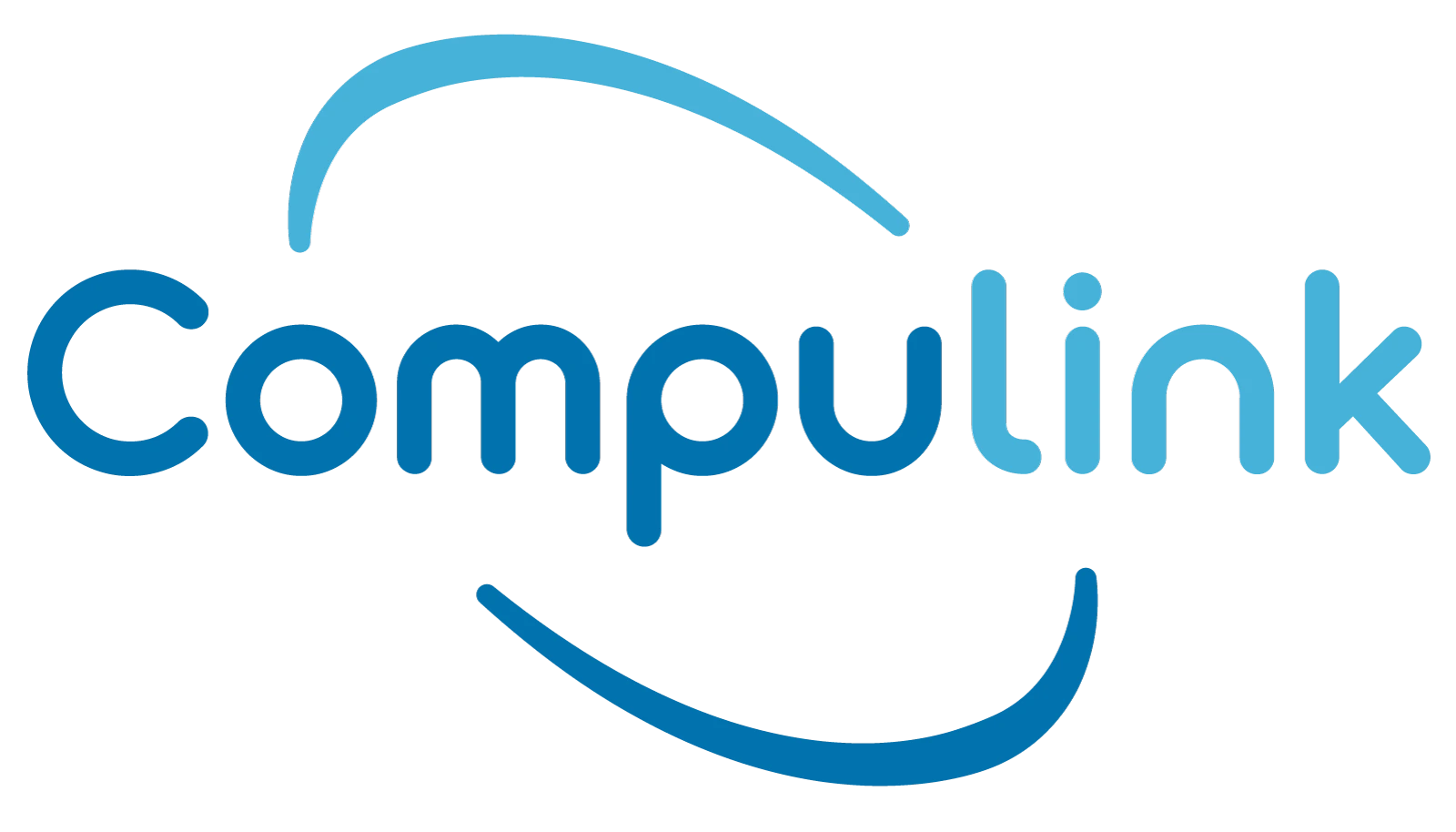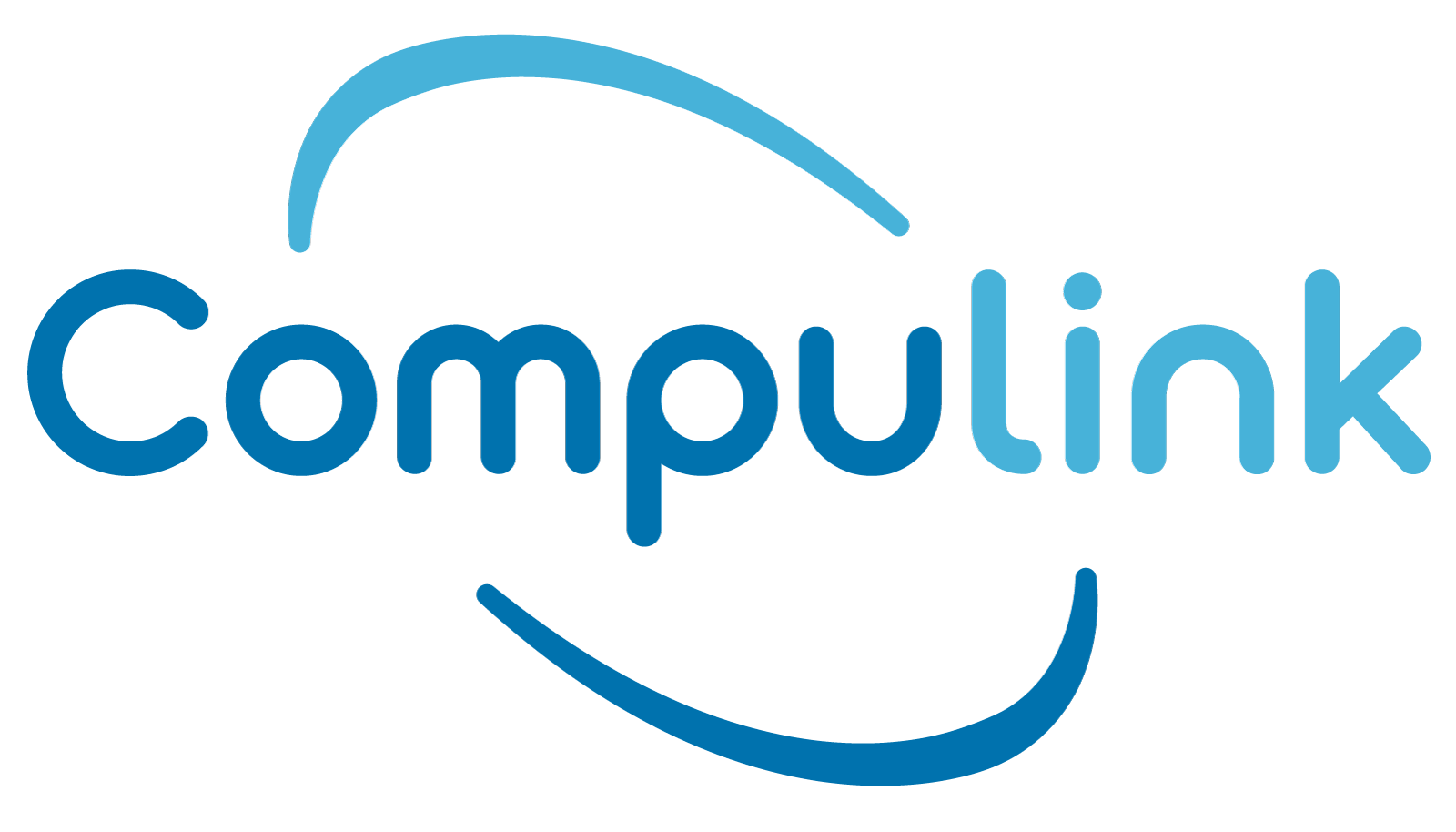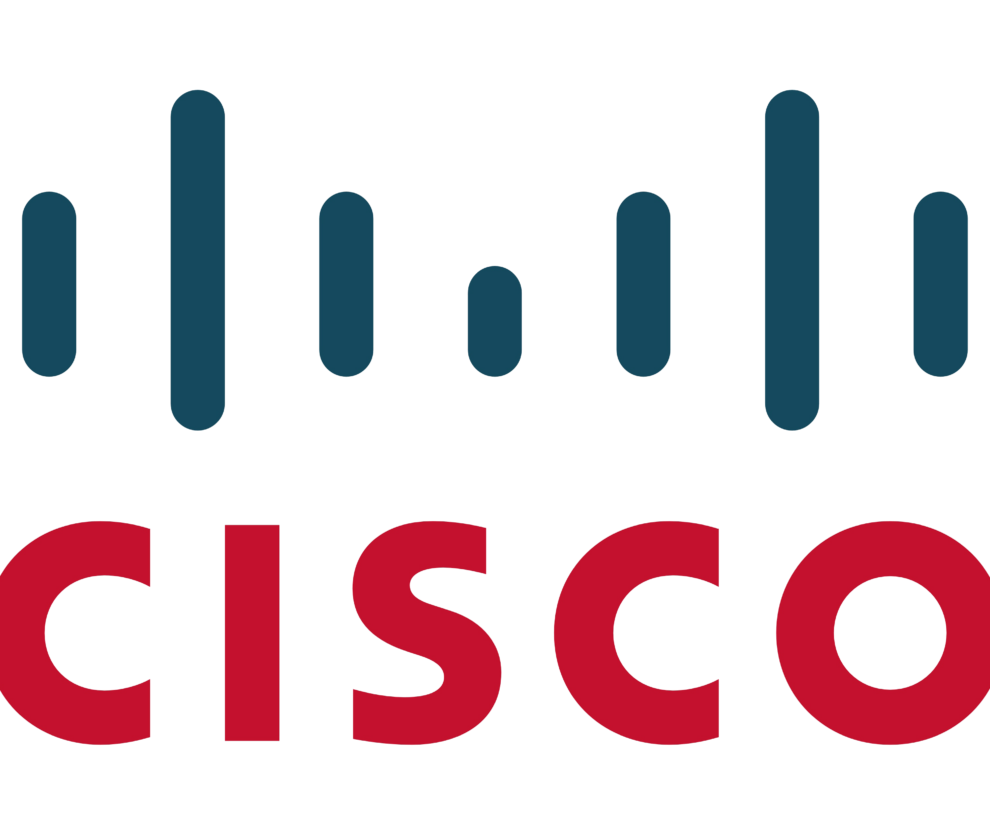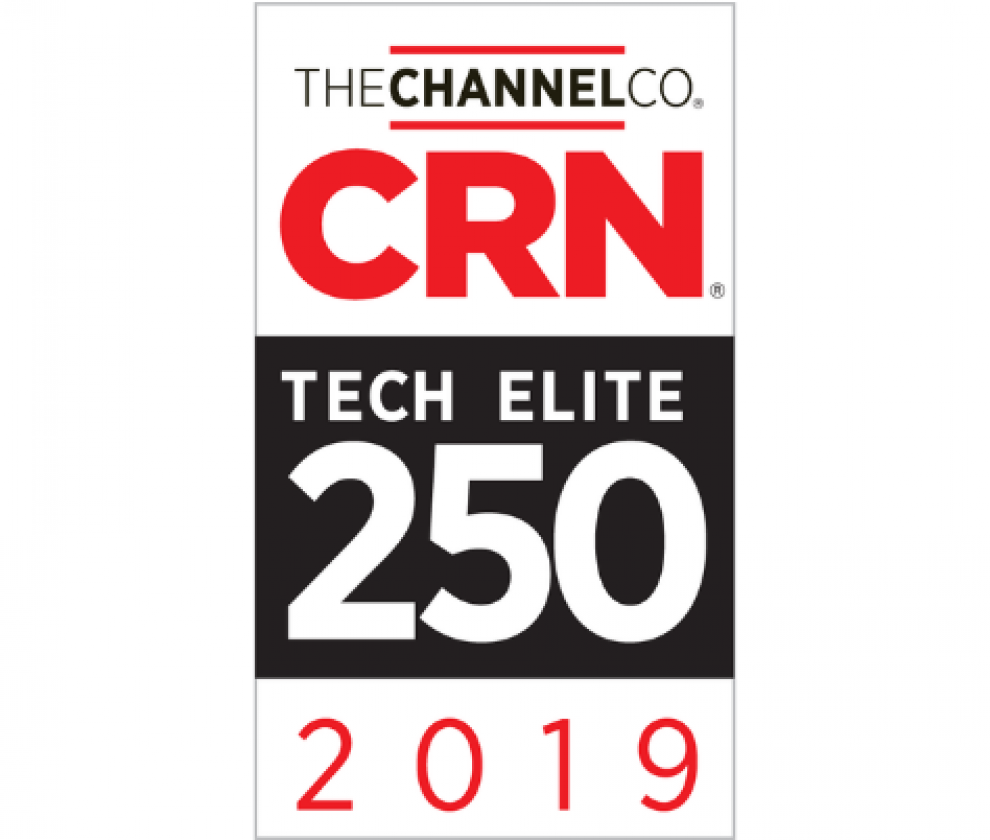As IT environments become increasingly distributed and complex, organizations are exploring how automation can address their evolving IT operations and infrastructure needs.
When businesses run on data, IT operations and infrastructure capabilities directly influence revenue opportunities.
In a recent survey of IT decision-makers, Enterprise Strategy Group (ESG) found that 74% of organizations with mature or in-process digital transformation initiatives had an active IT transformation project underway, and 65% of IT decision-makers identified infrastructure modernization as a top five priority.
Public cloud infrastructure adoption plays a significant role in infrastructure modernization. But IT environments are increasingly distributed, spanning multiple edge and remote locations, data centers, private cloud locations and public cloud infrastructure providers. This disaggregated state of contemporary IT and application environments is known as the distributed cloud.
As IT infrastructure environments become more distributed, complexity mounts. According to ESG research, 64% of IT decision-makers surveyed agree that IT infrastructure complexity slows IT operations and digital initiatives.
The pressure that infrastructure complexity places on IT execution reduces the likelihood that IT teams can accelerate operations to meet business and development team demands. More than two-thirds of surveyed IT decision-makers said they are under pressure to accelerate IT infrastructure provisioning and deployment to support developers and line-of-business teams.
In an effort to accelerate operations, infrastructure automation initiatives are becoming more prevalent, especially for on-premises infrastructure. In response to this interest among customers, IT infrastructure vendors are increasingly integrating intelligence and automation into their systems and tools. Additional focus, however, must be applied to how easily IT teams can deploy, manage and upgrade that infrastructure within an organization’s automation practices.
For decades, nearly every systems vendor vied for the title of “easiest to use,” but the goal now should be “easiest to automate.” Infrastructure automation is still too complex: In recent ESG research, 37% of organizations reported problematic skills shortages in IT orchestration and automation. Automation is put in place to alleviate those skills shortages — not add to them.
When evaluating new infrastructure systems, organizations must first ensure that selected tools can support the performance, security and availability needs of their application environments. In addition, the following three considerations should be part of the evaluation process:
Integrated intelligence. When it comes to new systems, the market is awash with terms like smart and intelligent. The key is to identify which decisions and activities the system can offload from architects, IT admins and users. How quickly can new systems be deployed and upgraded? Can they stay optimized automatically as the environment evolves?
Declarative APIs. Integrated intelligence is valuable, but to maximize that value, APIs must be designed to simplify automation implementation. Declarative APIs provide the state that the system should create but do not require developers to specify all the steps necessary to achieve that state. Declarative APIs reduce the workload of automation engineers and developers and make automation easier to maintain as infrastructure environments evolve. Vendors should also provide bindings for preferred programming languages and software developer kits, as well as integrations with automation tools, such as Terraform and Ansible.
APIs tailored to personas. The needs of IT admins tasked with deploying, configuring and maintaining infrastructure differ from those of developers or app owners who use that infrastructure. APIs that cater to different personas simplify automation activities and reduce the risks associated with scaling out automation practices to additional teams. An example of a declarative API that can be tailored to individual personas is Pure Storage’s Pure Fusion, which offers tools for storage provider and storage consumer personas.
Establishing and scaling automation practices can be a complex process. Don’t overlook the role IT infrastructure selection plays in simplifying IT infrastructure automation rollouts.
This article was originally published on Tech Target. Click here to view the original article.




